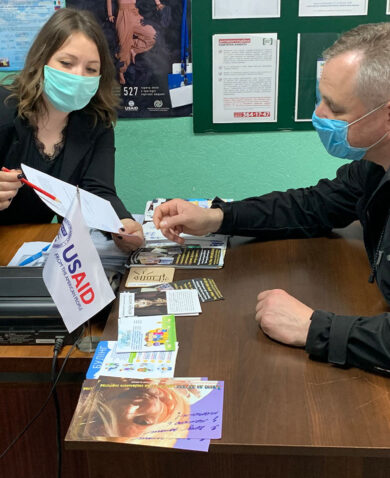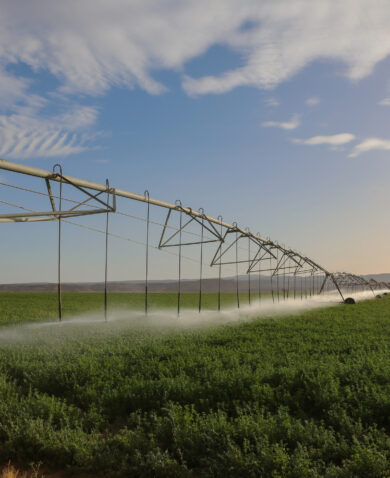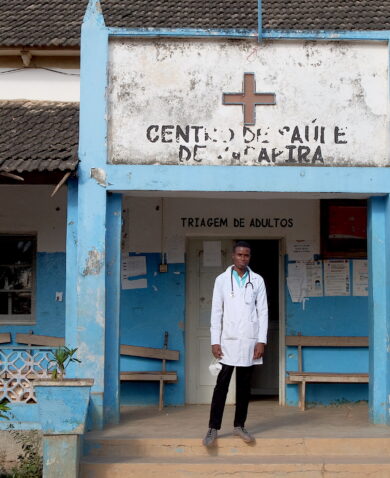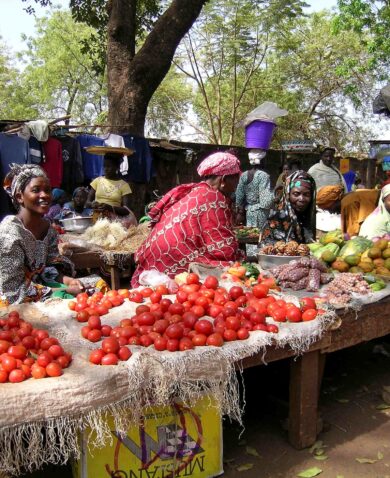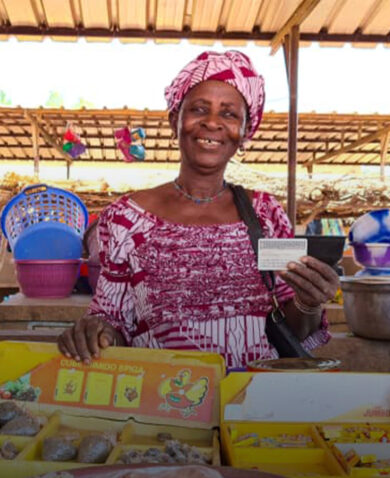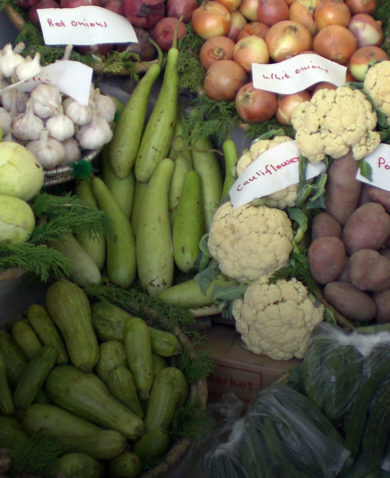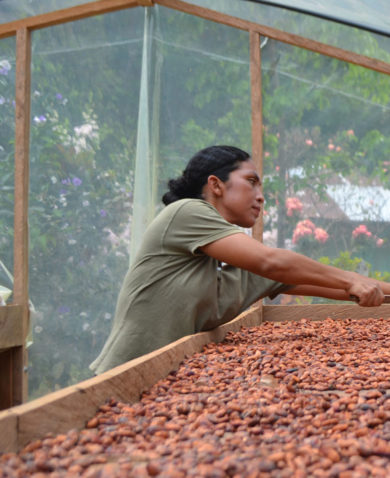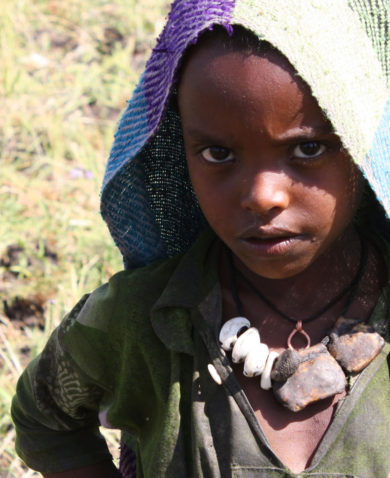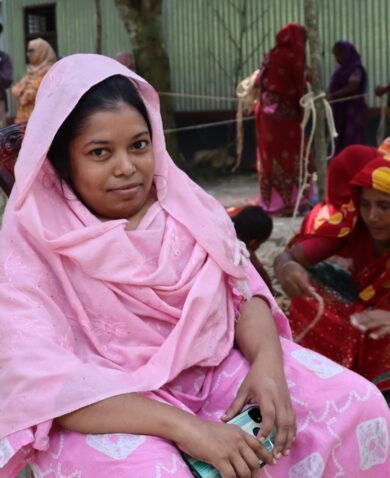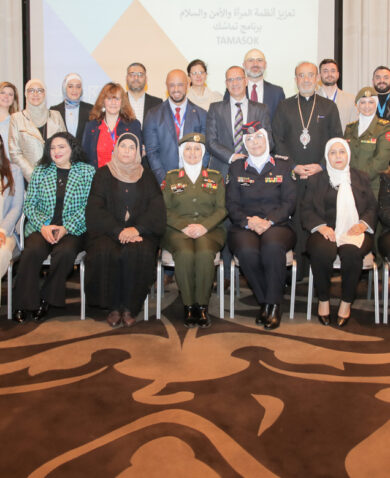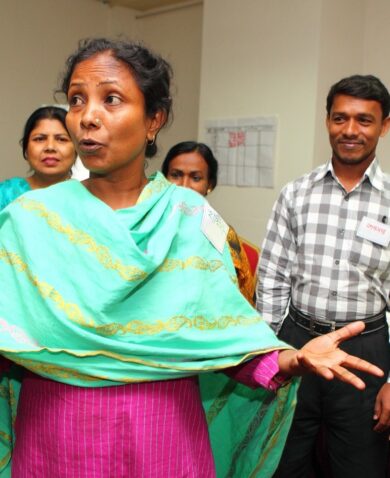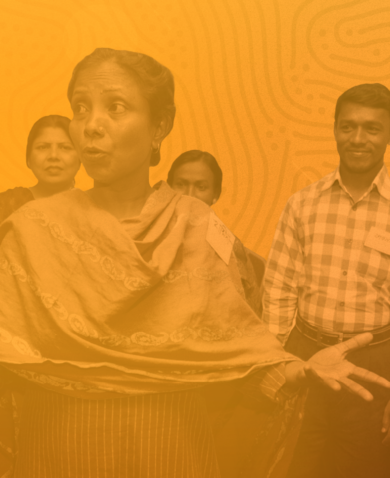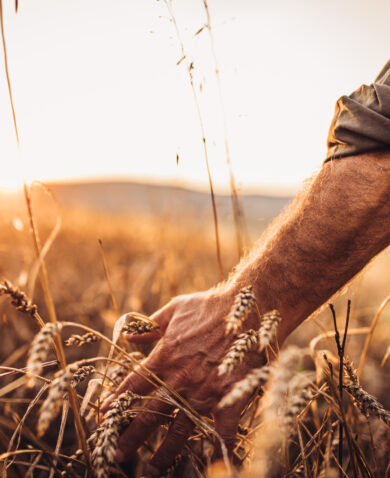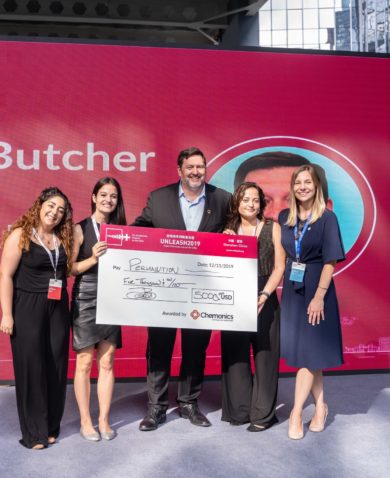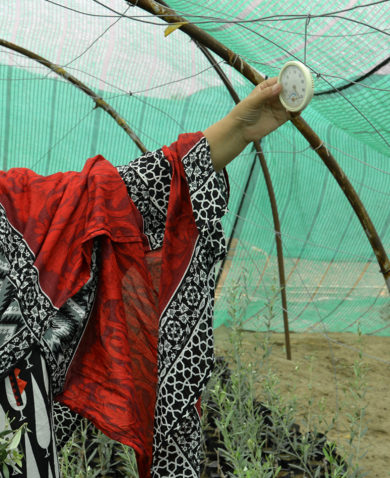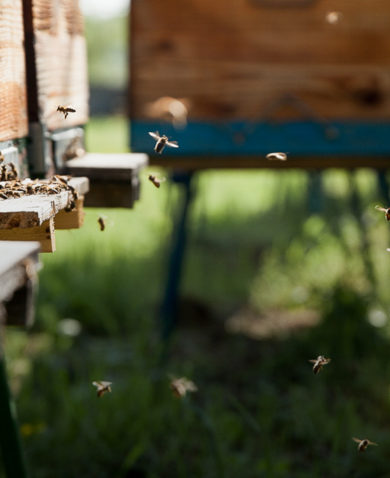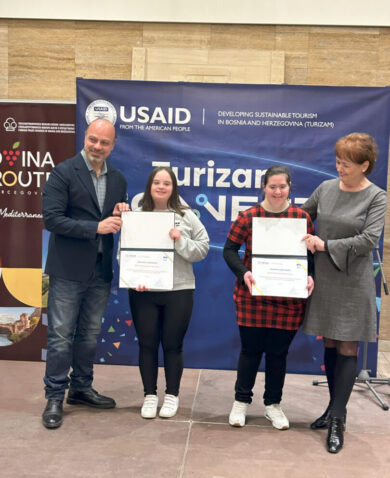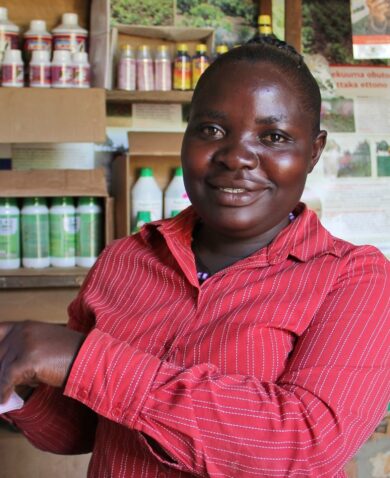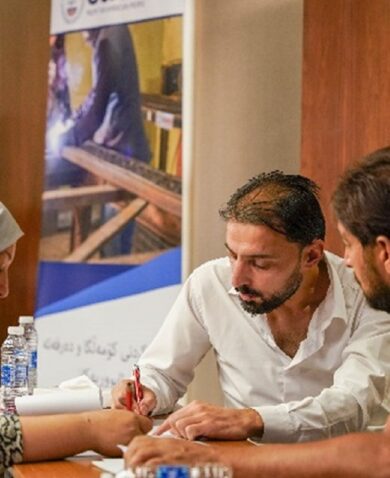Women benefited greatly from the GLACs, using the opportunity to create micro-franchises that sell food, clothing, and diverse services. For example, in June 2016, Fundacion Vivir Mejor (Better Living Foundation), a women-led grassroots organization in Valencia, Córdoba, launched Cómo en Casa, a bakery that sells bread, desserts, and dairy products to micro-franchises in the county seat (the center of government for each county in Colombia). Its products are also sold to 15 micro-franchising GLAC members.
This approach has expanded the range of products and services sold throughout rural areas. In addition to the bakery and dairy products that Cómo en Casa provides, other services include credit for minutes on mobile phones, micro-insurance, natural gas, and copy services. Since its launch, it has already created 19 jobs in Valencia, and is looking to expand. This will in turn create more jobs, and more community GLAC funding.
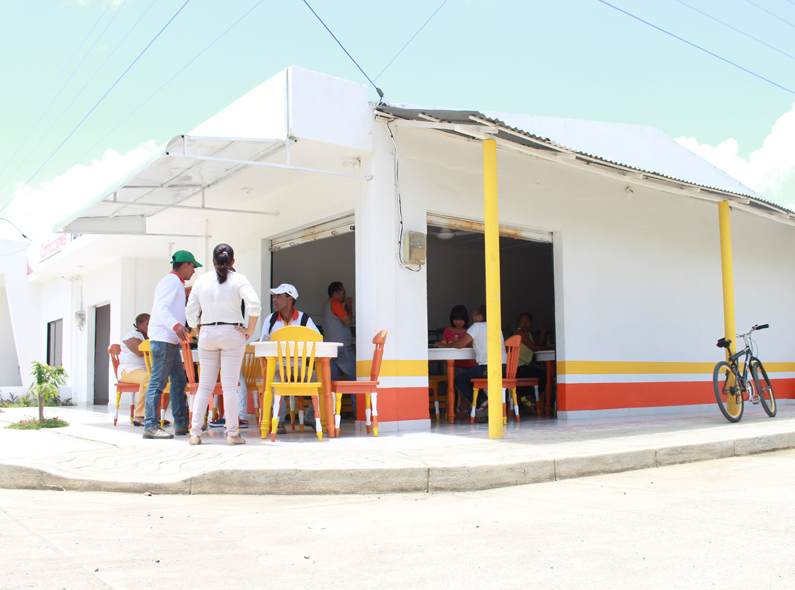
“Initiatives like Cómo en Casa have benefited the community by creating employment and income for conflict-affected communities,” says Jose Felix Montoya, chief of party of the CELI N/S project. “Citizens in rural areas can consume freshly baked goods produced with top-quality local ingredients, and grassroots organizations from other regions of the country have visited the project to better understand how to implement the model in their communities.”
The revenue generated from GLAC programs has had a significant economic impact. As more community members increase their incomes, they are contributing back to the community savings and loan programs that originally helped them. This has allowed communities to further invest in infrastructure improvement projects, and to continue to provide loans to those who need it most.

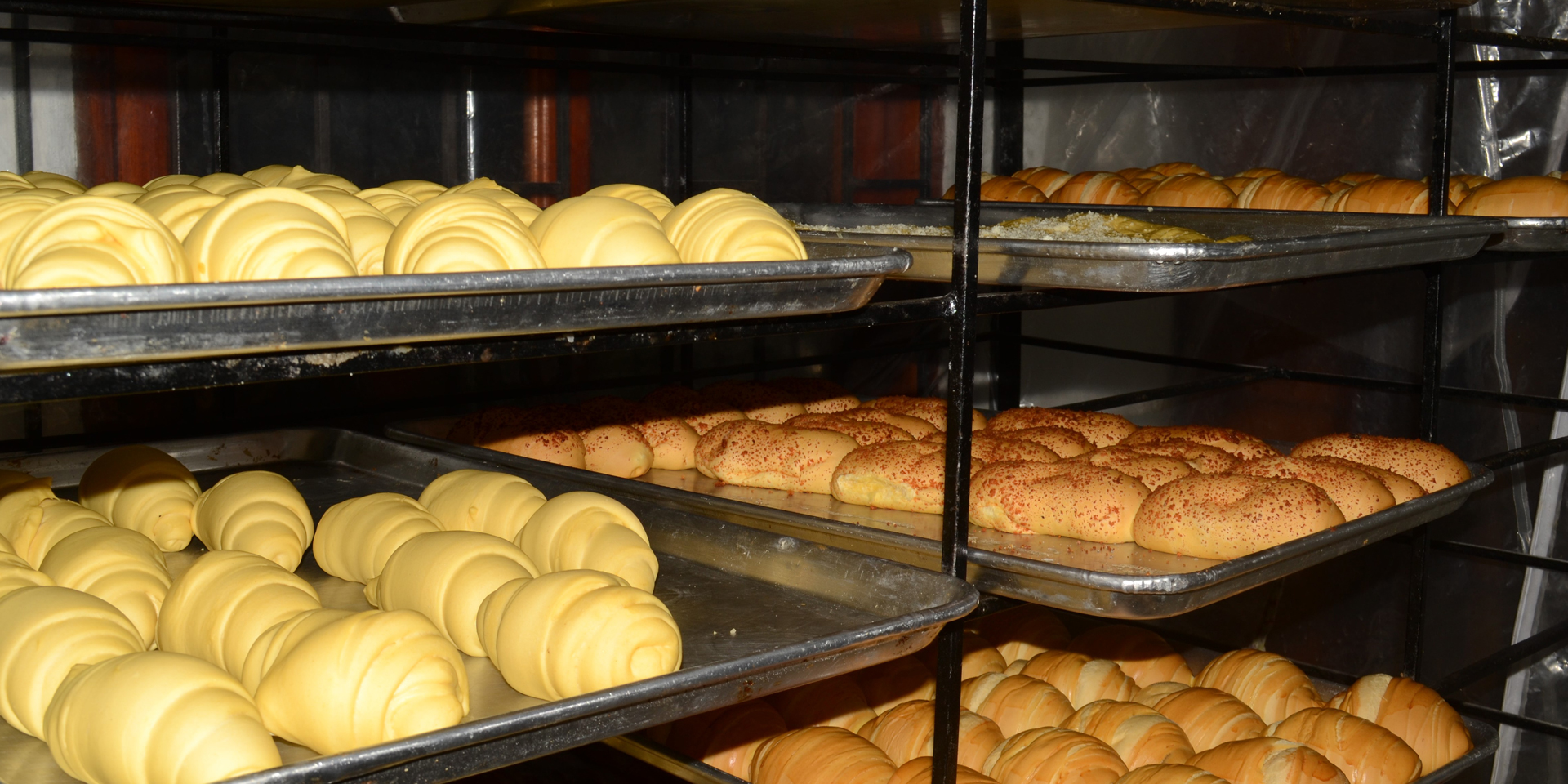
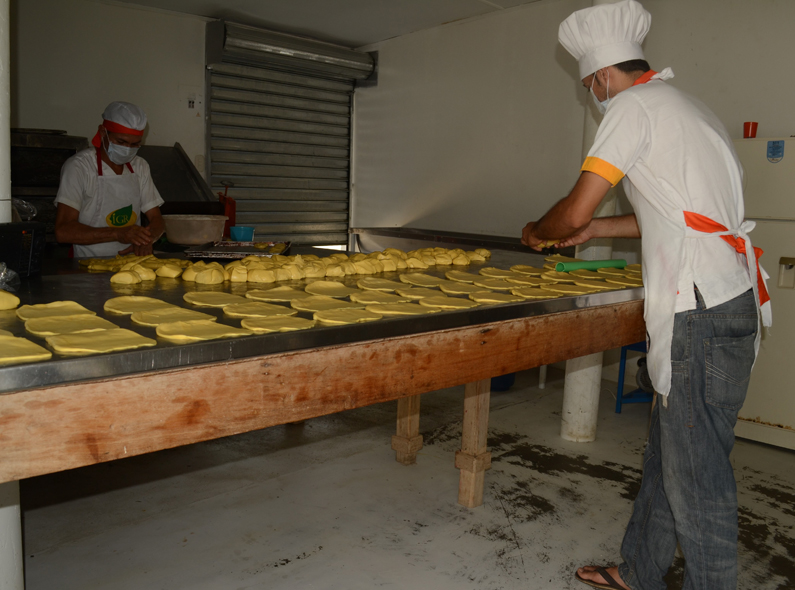 In Antioquia, Córdoba, and Tumaco, the process of establishing a GLAC began with the CELI team meeting with communities to explain the process of how GLACs work with and for the community. These communities then decided whether or not they wanted to establish a GLAC. Once a GLAC was approved and established, Banca de Oportunidades provided its members, through the CELI N/S program, with institutional support. This support has ensured that the most vulnerable populations have access to financial services.
In Antioquia, Córdoba, and Tumaco, the process of establishing a GLAC began with the CELI team meeting with communities to explain the process of how GLACs work with and for the community. These communities then decided whether or not they wanted to establish a GLAC. Once a GLAC was approved and established, Banca de Oportunidades provided its members, through the CELI N/S program, with institutional support. This support has ensured that the most vulnerable populations have access to financial services.

